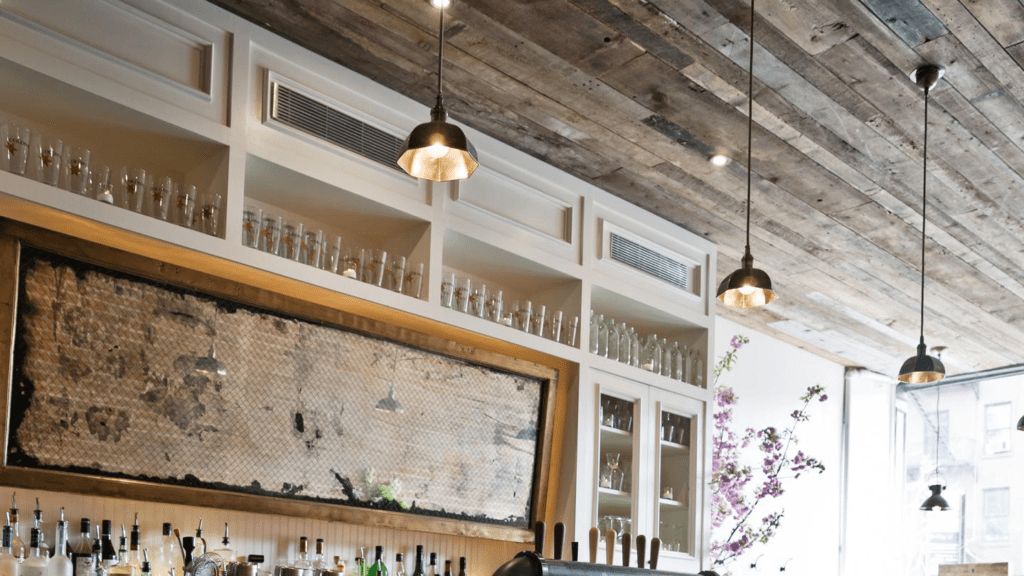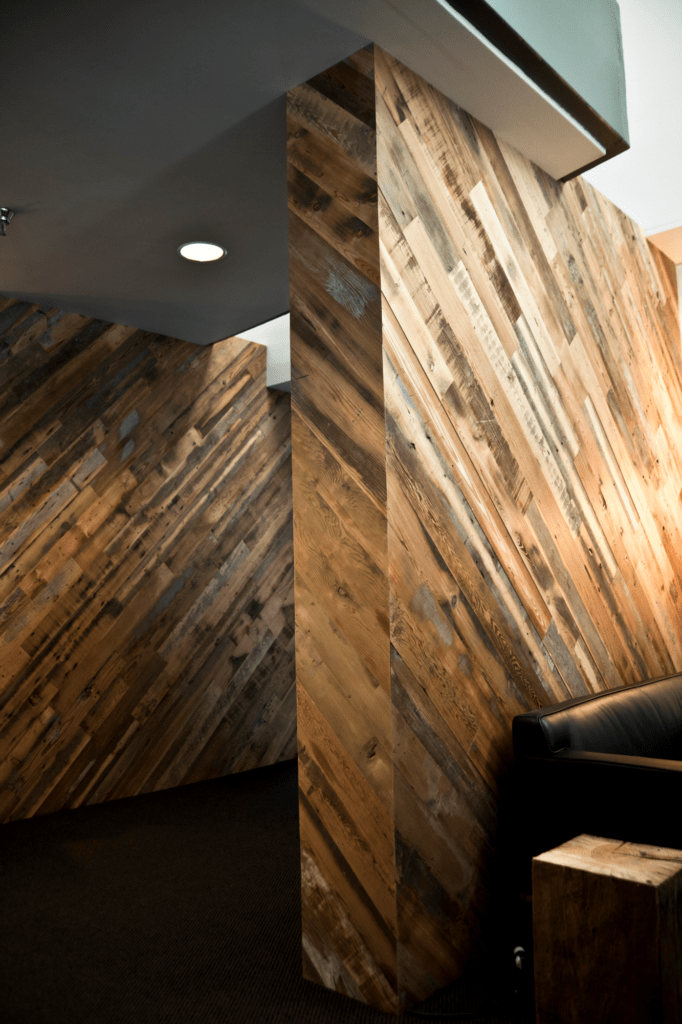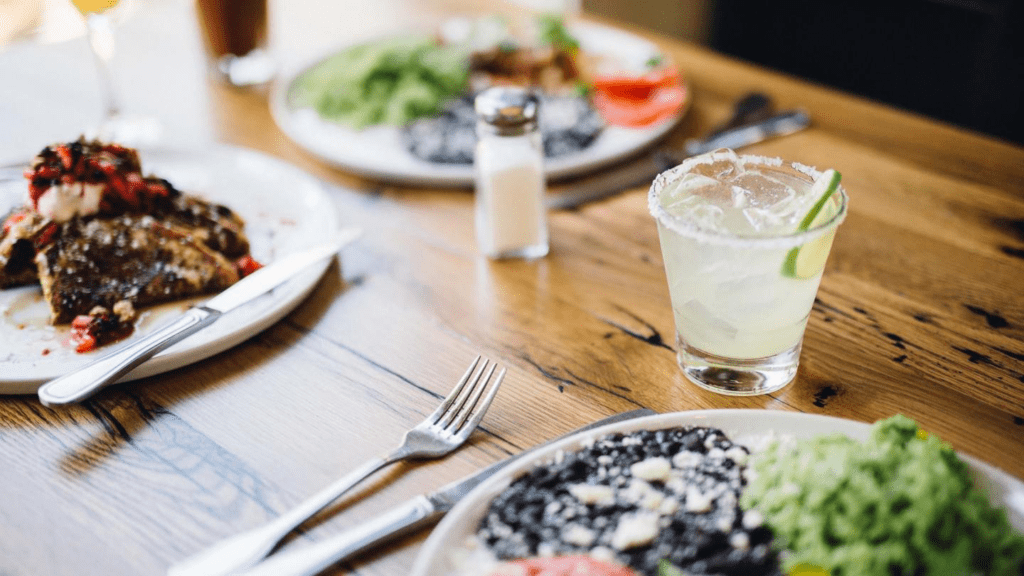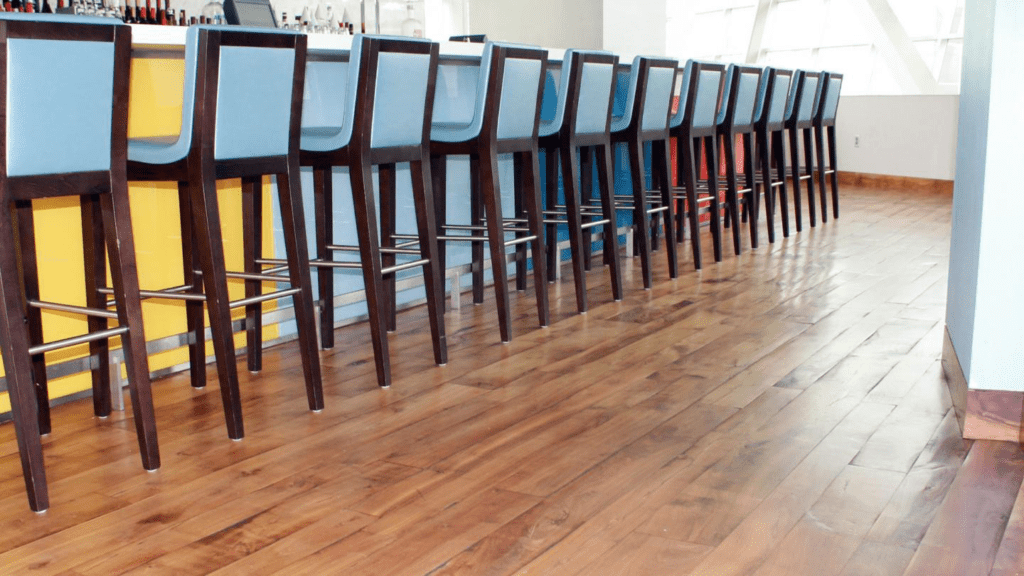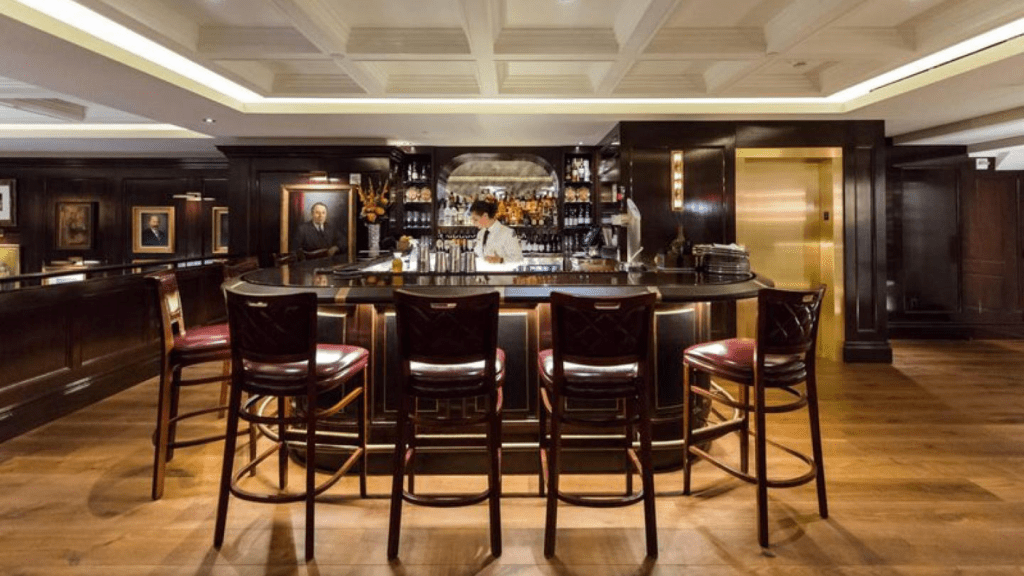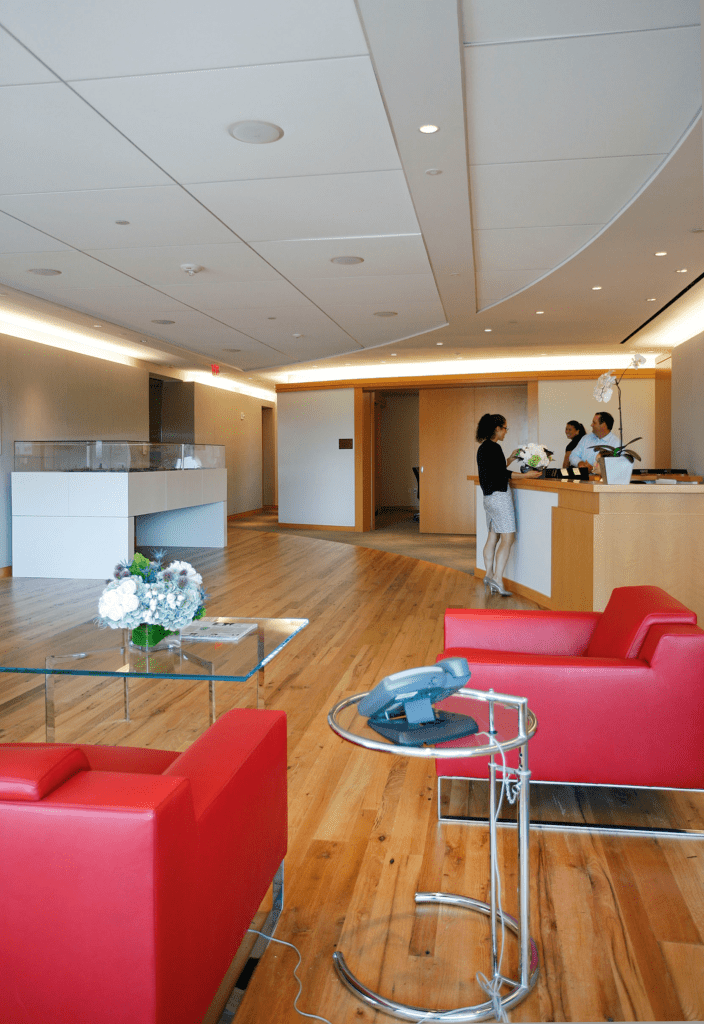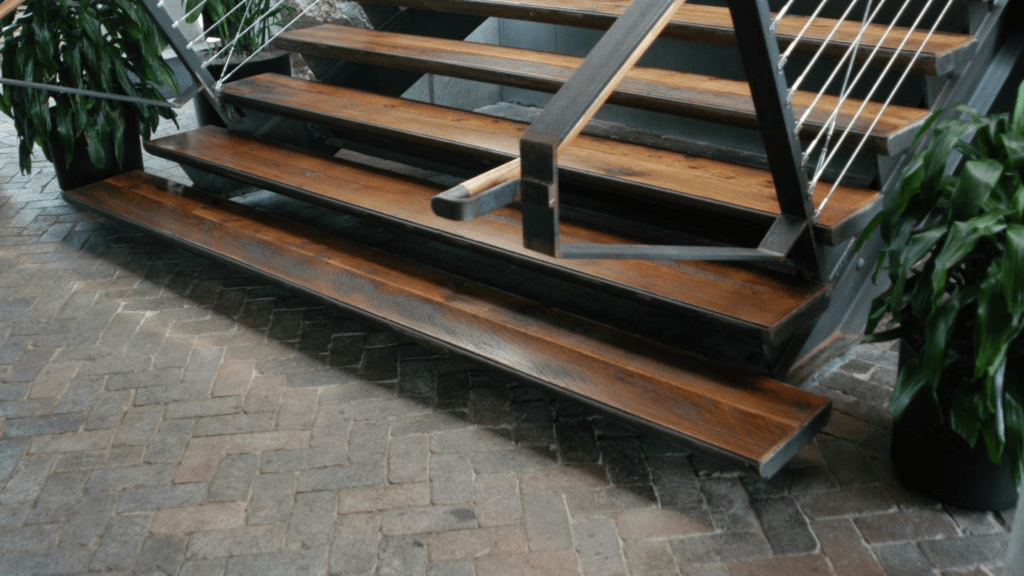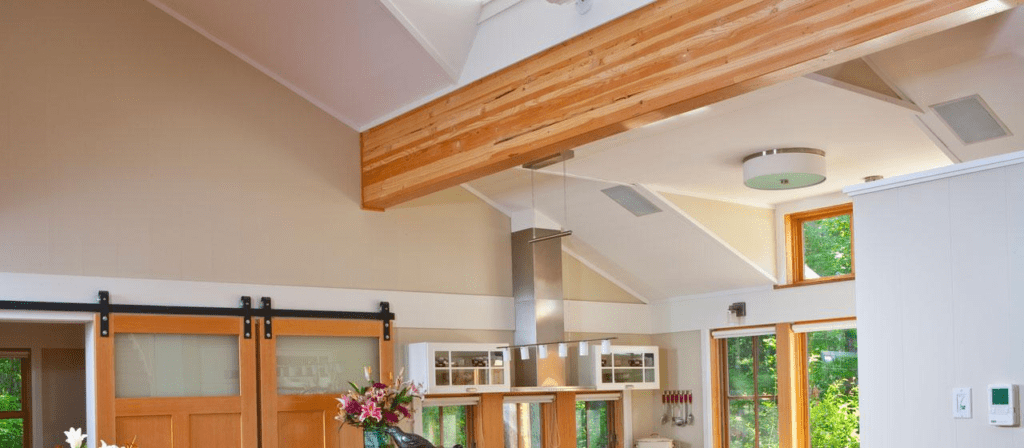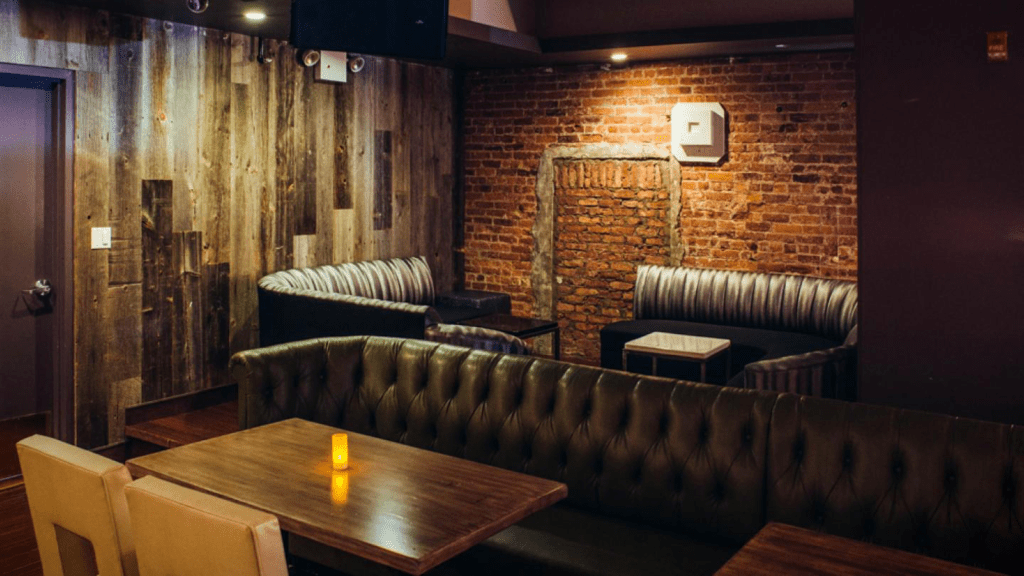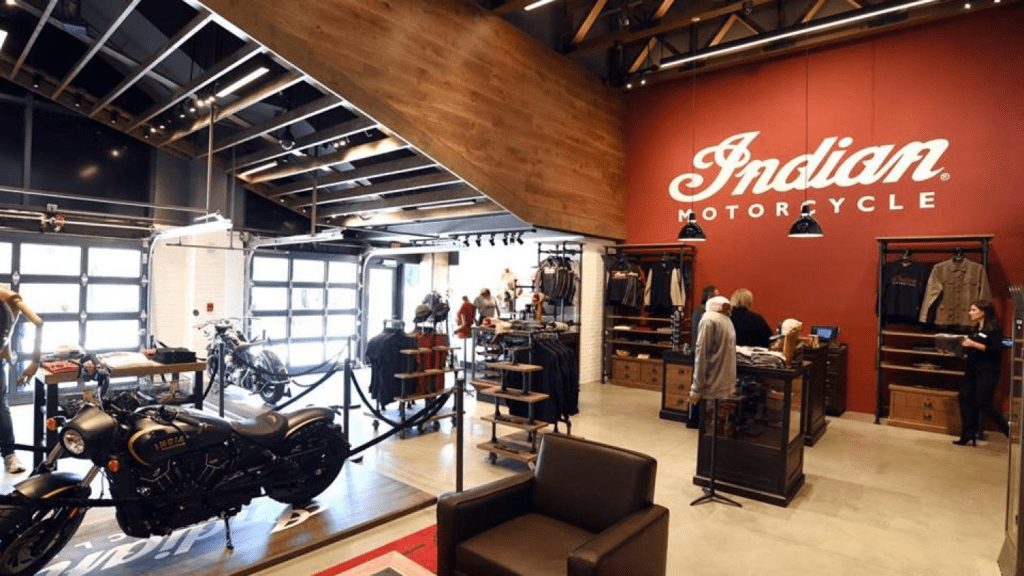What does the future of building, architecture and design look like? Experts say there is a high probability of growth in the use of reclaimed and sustainable wood. But with surging popularity comes a surge of disinformation. Reclaimed wood myths and sustainable wood myths are both out there, and we are here to debunk all the misconceptions for you.
Whatever questions or assumptions you carry in regards to reclaimed or sustainable wood, from skepticism on its quality to pricing concerns, you will feel more confident and comfortable choosing reclaimed, sustainable wood for your next building project once you realize your concerns may not have to be concerns after all.
Ready to Discover More?
Your next project is just around the corner. Browse our product galleries for more inspiration.
1. Reclaimed Wood is Lower Quality because it’s Old
Since reclaimed wood can be over a hundred years old with often unknown origins, skeptics try to say that this minimizes the quality of the material. This could not be farther from the truth. Reclaimed wood is one of the most durable materials you can find, and often, newly manufactured wood can’t even come close to the strength characteristics of reclaimed wood.
Wood that was salvaged before the 1930s is referred to as “old-growth wood.” This wood was manufactured differently than new, modern wood and will most likely outlive most of it. Reclaimed wood is more dense than new wood because it was allowed to grow naturally, instead of being cut as soon as it was big enough. It is solid, dependable and beautiful.
2. Reclaimed Wood is Much More Expensive than New Lumber
Even though reclaimed wood is aged and unique, pricing is actually very comparable to new wood. The belief that reclaimed wood is more expensive stems from the fact that faux reclaimed wood distributors and big box stores put a higher price tag on it due to labor costs and manufacturing costs.
In regards to custom reclaimed wood products, there are many factors that make up the value. Quality, service and attention to the tiniest of details are important, and Elmwood puts this combination together to offer the highest quality reclaimed wood products at a fair price with courteous, prompt attention to your project. And to make sure you find a product within your budget, you can view our wood products here.
3. Reclaimed Wood is Not Clean From Insects, Mold and Other Residue
Reclaimed wood goes through a proper certification process which includes checking for insect infestations, mold, mildew or any other chemical damage. Kiln drying reclaimed wood guarantees the product to be pest-free due to the insanely high temperatures of the drying process.
Elmwood promises delivery of a high-quality and inspected product to ensure it is clean and ready for use. Elmwood’s unique process combined with deep sources of material, exceptional employees, clean facilities and the utmost quality milling equipment make it a reputable reclaimed wood supplier. You can see our entire end-to-end process here.
4. Wood is a Material that does Not Renew
Some people agree with the disinformation that wood cannot be renewed, reclaimed or reused. That is flat out wrong. Reclaiming wood is a multi-step process that transforms it from its previous condition exposed to the elements into the milled and ready-to-use products that you may purchase for your product.
Reclaimed timber is received at the warehouse to be de-nailed, which is a process of searching out and removing each nail or screw from the lumber — no matter the amount. It is given a thorough, detailed surface cleaning to ensure no dirt or debris is left. This gives the wood a renewed, more uniform color, appearance and finish.
The lumber is then rough milled to great uniformity in thickness. Rough milling also helps group multi-sourced boards together to combine them for easier usage.
The lumber is then kiln-dried. Just because it has been exposed to the elements for years does not mean it needs to head to a landfill. If the wood is properly dried, it can give you a higher quality wood product than newly cut wood. After drying, it is planed and ripped into multiple sizes so it can be applied to a large array of projects. The wood is now renewed and ready to be used on your next project. You can order free samples here.
5. All Wood Cutting is Not Good for the Environment
Salvaging and using reclaimed wood is a gift to the environment and helps keep wooded areas clean. It reduces the need for cutting down and harvesting new wood from our country’s lush forests. There are millions of salvageable barns and buildings across the country that can be used in place of cutting down new trees.
But not all woodcutting is bad for the environment. Newly cut wood can still be sustainable as long as it comes from a sustainable source. Buying wood from a FSC-certified supplier ensures that products come from responsibly managed forests that provide environmental, social and economic benefits such as LEED credits.
Sustainable wood is obtained legally and is gathered in ways that protect other trees in the forest, along with waterways, wildlife, the Indigenous people in the area and the environment in which it was harvested. New seedlings are planted faster than trees are harvested, ensuring that forests regrow and aren’t completely destroyed.
6. Reclaimed Wood Requires a Lot of Maintenance
Every item made of wood needs to be maintained. Wood, by its very nature, is a strong, robust material, and it can last for a lifetime and beyond — so long as it is well looked after. But the maintenance is not any more intense or time-consuming than other materials. To be honest, for indoor wood, periodically wiping it down is sufficient. It doesn’t require any routine staining.
You should:
- Lightly damp mop or vacuum weekly.
- Use cleaning products designated for the finish of your wood product.
- Wipe up spills immediately when they occur.
- Make sure not to use harsh chemicals that can harm the wood.
- Protect it to the best of your ability with throw rugs, felt pads and mats.
Any reclaimed wood you purchase from Elmwood will come with clear instructions for installation and maintenance so you don’t get bogged down with a surprise you aren’t ready to handle.
7. Reclaimed Wood is Not Versatile
Some people think they will be creatively stunted with reclaimed or sustainable wood, but the innovative uses that come with reclaimed wood are endless. Elmwood has a variety of styles of reclaimed wood to give you stylistic freedom whether you want to go with barn wood siding, wide plank flooring, wall paneling, ceiling beams, bar tops, tables, shelves, stair parts and more.
You can choose the wood, the shape and thickness, and how you want it finished. The wood itself will have depth and added interest that goes beyond anything you can find in newer materials.
8. Reclaimed Wood Makes a Room Look Old
Reclaimed wood can be used to create many different designs, from rustic style to new and modern. You can use reclaimed wood to showcase modern styling with lighter colors or contrasting material accents. Or you can use rustic, contemporary styles to bring out a warmer, cozier atmosphere that brings out nostalgia.
If you want inspiration for how to create modern designs with reclaimed wood, browse through our design projects using reclaimed and sustainable wood. You can also receive a free catalog with more details and ideas for your project.
9. Reclaimed and Sustainable Wood have Limited Species Available
There are so many species available when it comes to reclaimed or sustainable wood, we’re not sure how this myth got started. Reclaimed wood may be made of a variety of wood species, some of which are used today in newly cut wood and some of which may have been popular more than a century ago and are not available in new weed anymore, like elm.
Some of these species include white oak, hickory, ash, walnut, elm or heart pine, and they can be milled together to form new mixed wood products or kept separate for a better match of color and grain. You are absolutely not limited in color, grain or style options when it comes to reclaimed or sustainable wood.
10. Reclaimed Wood and Sustainable Wood Are More Susceptible to Water or Fire Damage
If you are using reclaimed wood, do not fret. There are waterproof sealing solutions that you can apply to your reclaimed wood to protect it from water damage. Elmwood also gives you the option to add a finish that is fire retardant to better protect you from potential fire damage.
Using sustainably-sourced mass timber is incredibly safe in times of fire. Large, solid, compressed masses of wood are actually very difficult to ignite. In the fire, the outer layer of mass timber will tend to char in a predictable way that effectively self-extinguishes and shields the interior, allowing it to retain structural integrity for several hours, even in an intense fire.
Sustainable Wood is the Best Option
Reclaimed wood is high quality, affordable, pest-resistant, eco-friendly, renewable, versatile, manageable, diverse, modern and safe. No matter what dreams you have for your next building project, reclaimed and sustainable wood should have a place on your product checklist.
Wood is often incorrectly conceived as being unsustainable, but buying wood from sustainable sources or reclaiming wood for reuse is possible and easy. Learn more about Elmwood Reclaimed Timber’s green company initiatives or request a quote.

